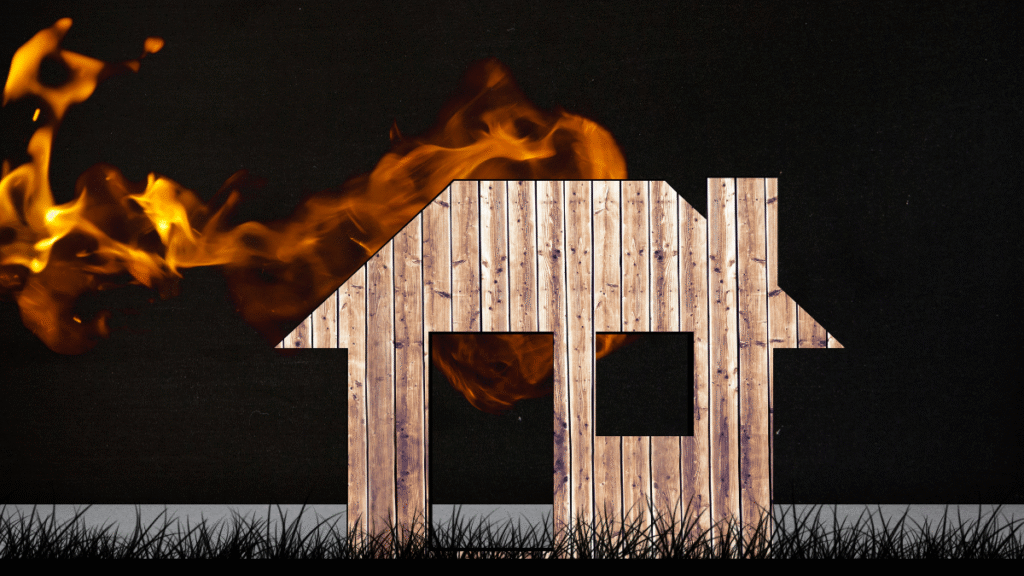What Happens During Fire and Smoke Damage
Fire damage is far more complex than the immediate destruction caused by flames. Not only does fire weaken the structure of a building, but smoke also seeps into walls, furniture, and fabrics, leaving behind lingering odors and harmful particles. Soot and ash settle on surfaces, sometimes in areas far from where the fire started and can corrode metals or discolor paint and flooring. After fire suppression efforts, water damage and mold are added risks. This is why the path to restoration requires immediate action and careful attention to detail. Turning to experts like Call Pure Restore early can help avoid costly mistakes and ensure the job is done thoroughly.Within hours of a fire, smoke and soot begin to set in, making the damage more difficult to clean. Common possessions such as electronics or heirlooms are especially susceptible to secondary damage from smoke. Swift decisions are critical—delays can make items unsalvageable and raise the cost of restoration. Fire damage is also an emotional event, often creating confusion and stress, underscoring the need for a clear recovery plan from the very start.
Initial Safety and Assessment Measures
Safety is the top priority before re-entering a damaged building. Local authorities or fire professionals should verify that the site is structurally sound and free of hazards. Even if a fire seems minor, hidden dangers such as electrical shorts, toxic fumes, or weakened ceilings may linger. You should begin the assessment phase only after clearance, taking the time to wear protective gloves, masks, and sturdy footwear. Walking through the property cautiously allows you to understand the damage without risking injury. If unsure about the safety in specific areas, waiting for restoration specialists ensures injuries and further losses are avoided.
Contacting Professionals and Restoration Services
The restoration process for fire and smoke damage requires a highly specialized approach. While property owners may handle some small cleanups, the deep and lingering effects of soot, smoke, and water are best managed by certified restoration services. Expert teams use specialized equipment to detect hidden moisture, extract excess water, remove hazardous residue, and eliminate smoke odors that household cleaning methods can’t reach. Engaging professionals promptly protect building materials and belongings from long-term deterioration and stop mold growth early. Working with reputable restoration companies streamlines the entire process, from structural stabilization to full repairs.
Documenting Damage for Insurance Claims
Thorough documentation is essential for successful insurance claims. Before moving or disposing of anything, take detailed photographs and videos of every affected room and item. Keep a written inventory of damaged belongings, noting serial numbers when possible and including receipts or proof of value. Keeping a running log of discussions with your insurance provider and any restoration companies is helpful. Many insurance policies require immediate notification of a loss, so initiating the claims process even before cleanup begins ensures eligibility for full compensation. According to guidance from the Federal Emergency Management Agency (FEMA), detailed record-keeping and prompt action can make the recovery smoother and less stressful.
Cleaning and Removing Residue
The residue left after a fire is a cosmetic and health concern. Soot particles are tiny and can easily become airborne, leading to respiratory problems if not handled correctly. Cleaning should begin with high-efficiency filtration vacuums to remove loose soot from floors, carpets, and upholstery. Hard surfaces require gentle but thorough scrubbing using specialized cleaning agents to neutralize acids in soot and smoke residue. Ventilation must be maintained, as airborne toxins may persist for days. In severe cases, drywall, insulation, or ceiling tiles may need removal. Restoration professionals are equipped with the knowledge and tools to determine what can be saved and what must be replaced, protecting both the value of your property and the health of its occupants.
Restoring Air Quality and Addressing Odors
Lingering odors and poor air quality can persist long after visible signs of fire damage are gone. The tiny smoke particles can become trapped in hidden corners, ductwork, and fabrics, leading to persistent smells and increased health risks for sensitive individuals. Improving indoor air quality begins with removing all sources of contamination and ventilating the space. Professionals use air scrubbers, negative air machines, and HEPA filters to capture and neutralize smoke particles. According to the advice of the American Red Cross, it’s safest to leave odor removal and air restoration to experts to prevent future respiratory problems or uncomfortable living conditions. Additional steps may include replacing air filters in HVAC systems and using ozone treatments or thermal foggers, depending on the severity of the odor.
Repairing and Rebuilding Damaged Areas
The path from disaster to recovery often includes demolition and reconstruction phases. If underlying contamination or structural compromise is found, drywall, flooring, ceilings, and cabinetry may all require removal and replacement, even after careful cleaning. Restoration experts provide support throughout these processes, working to return the home to its pre-loss condition as efficiently as possible. Rebuilding is also an opportunity to upgrade materials and incorporate fire-resistant technology where feasible. Each step in repair and replacement is coordinated to reduce downtime and prevent future vulnerabilities in your property.
Preventing Future Risks
Prevention is a critical component of any fire recovery plan. Once restoration is complete, assess smoke detectors and sprinkler systems to ensure they are functioning and properly placed throughout the building. Consider upgrading electrical systems, storing flammable materials responsibly, and maintaining clear exit access. Landscaping improvements, such as clearing debris and trimming back vegetation, protect against wildfires in high-risk regions. Written evacuation plans and family fire drills can distinguish between safety and tragedy if another event occurs. Professional fire restoration experts may also recommend added protection based on current building codes and the property’s unique layout.
Maintaining Peace of Mind Moving Forward
Recovering from fire or smoke damage is a physically and emotionally challenging journey. Building a safer, more resilient living environment begins with knowledge and the right team of professionals. Maintain ongoing communication with insurance agents, keep thorough records of repairs and upgrades, and practice fire safety habits daily. Recognize the importance of regular maintenance and preparedness—it is key for long-term peace of mind. Through careful planning and immediate, thoughtful action, property owners can restore a sense of normalcy, security, and hope, moving beyond fire damage stronger and better prepared for the future.







